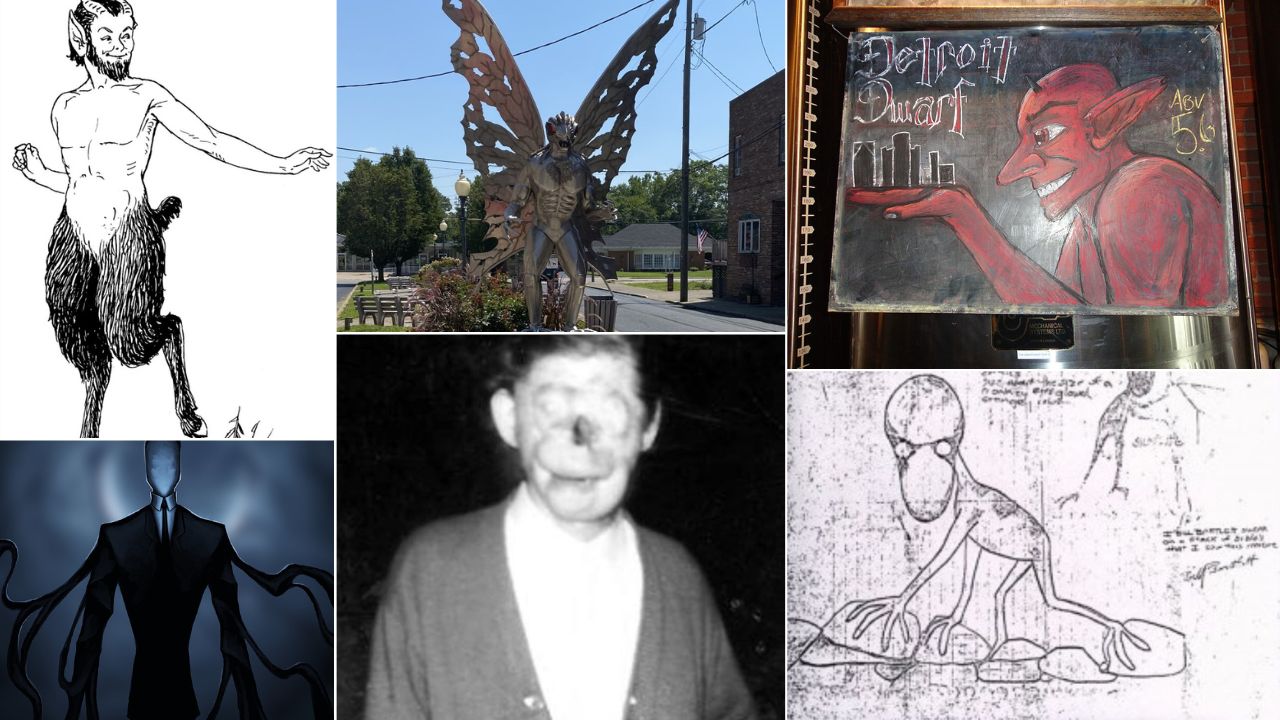Urban legends feel real when they carry dates, roads, and names. This gallery spans 15 states and pairs each spooky story with the most likely explanation. Expect bridges, backroads, river towns, and one famous lake. We include quick facts like years, counties, and agencies so you can separate rumor from reality fast. Read the legend, then the truth behind it, and decide what survives daylight. Pack curiosity and a map, not bravado, and you will leave with smarter campfire facts that still spark a fun chill.
1. Mothman – West Virginia
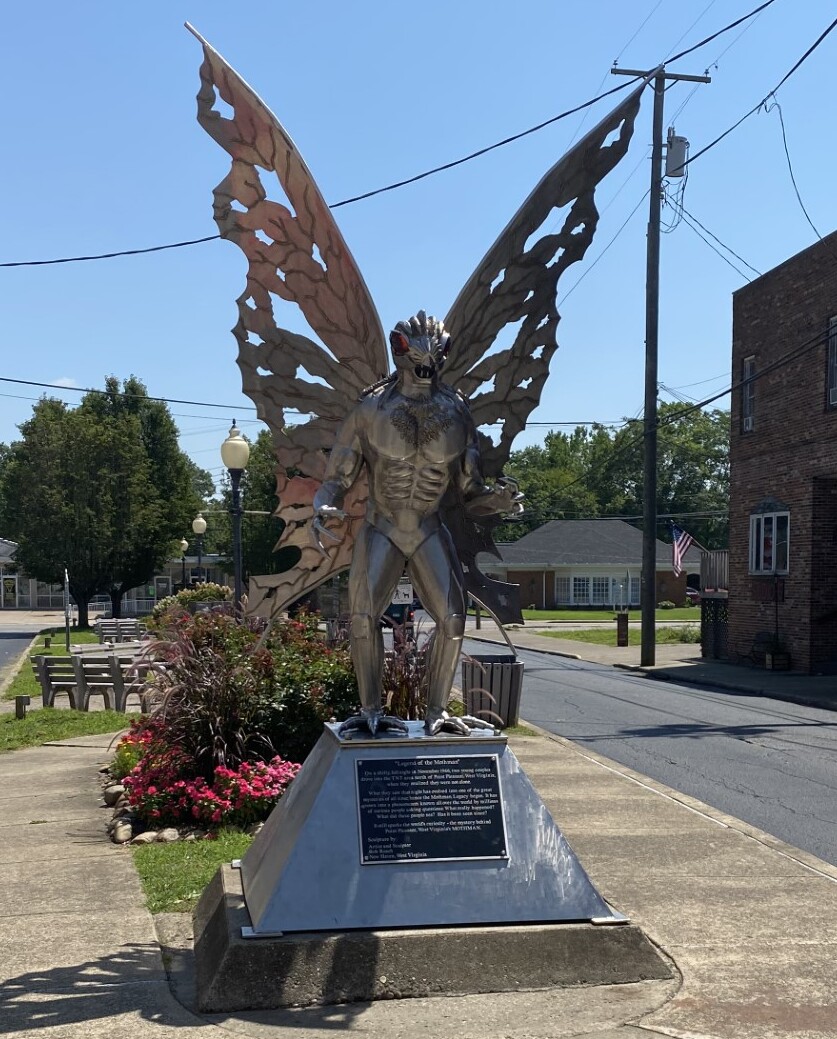
In 1966 and 1967, witnesses around Point Pleasant reported a man-sized creature with red eyes near the TNT area. On 15 December 1967 the Silver Bridge collapsed, cementing the legend. Likely truth: sandhill cranes stand to 4.5 feet, span about 7 feet, and have a red facial patch that reflects headlights. Night fog and industrial ruins amplified fear. Today a museum and statue keep the story visible while biologists point to birds and misread shadows as the simplest answer.
2. Jersey Devil – New Jersey
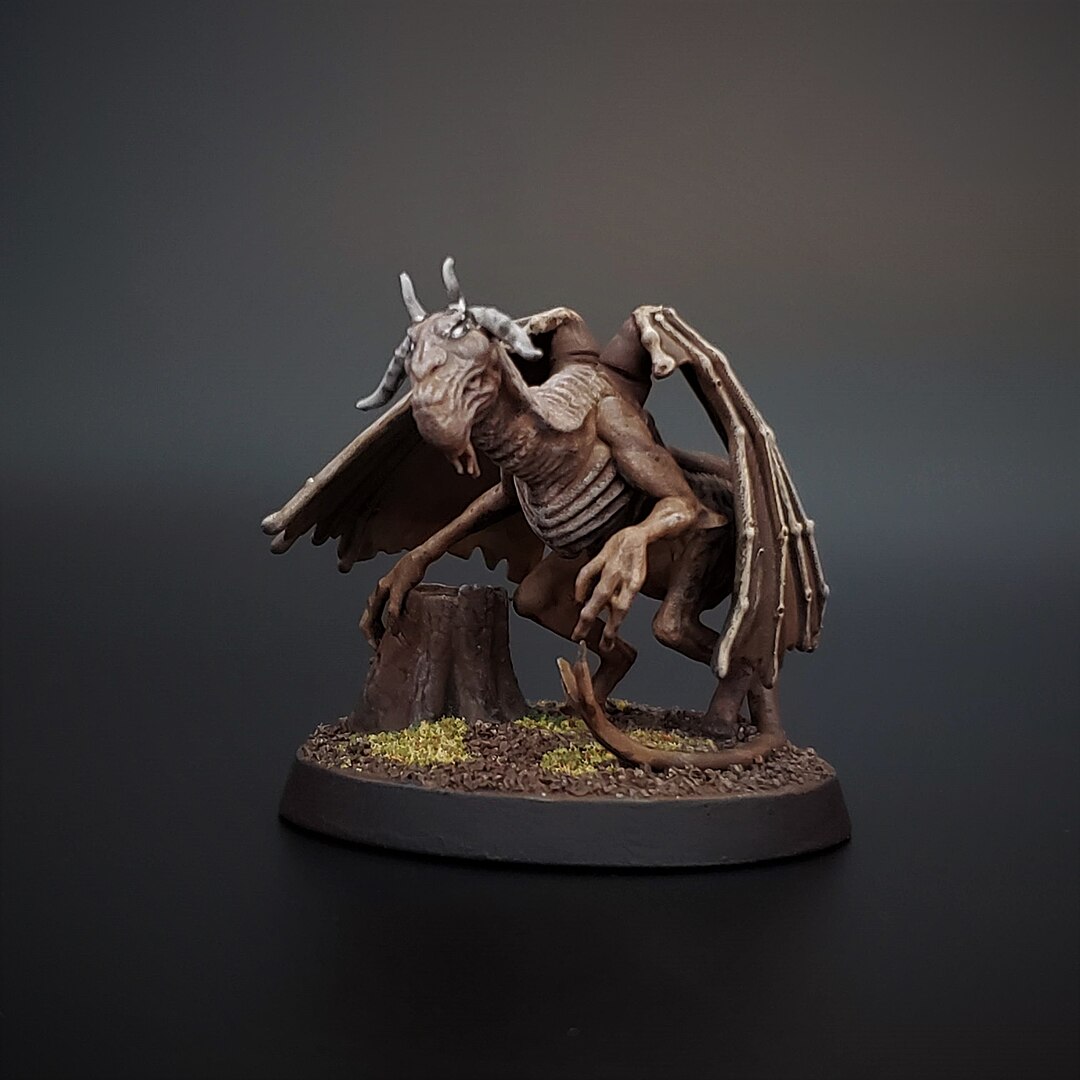
A 1909 newspaper panic spread reports of a winged creature in the Pine Barrens, with schools closing and posses riding at night. Likely truth: large owls and migrating cranes seen in poor light, plus hoaxes that toured as sideshow attractions. Early hoofprints often tracked to horse or wagon marks in sand. The legend survived because the Barrens are vast, quiet, and already eerie. Modern wildlife surveys list normal species, not unknowns, yet the tale still sells souvenirs from Leeds Point to coastal boardwalks.
3. Bunny Man – Virginia
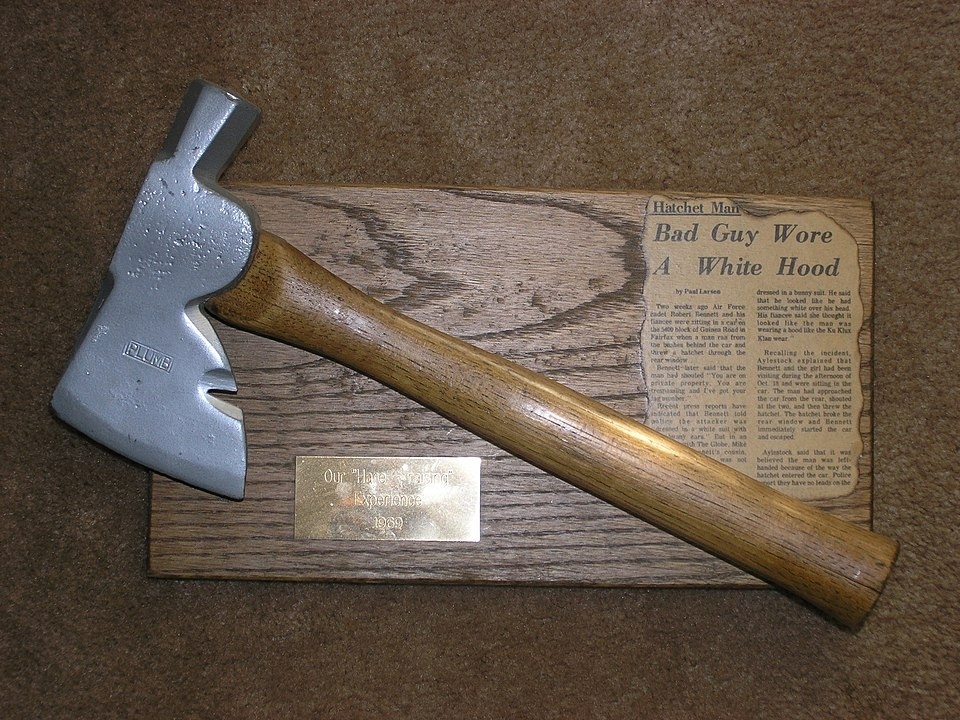
In October 1970, Fairfax County received reports of a man in a bunny suit shouting at trespassers and swinging a hatchet near a railroad bridge. Police investigated but never arrested a killer rabbit. Likely truth: a costumed local confronting teens, plus retellings that added escaped patients and murders. The bridge still draws visitors each October, yet county records show vandalism and trespass cases, not folklore crimes. Trains run here, so deputies warn the real danger is standing on live tracks for photos.
4. Bell Witch – Tennessee
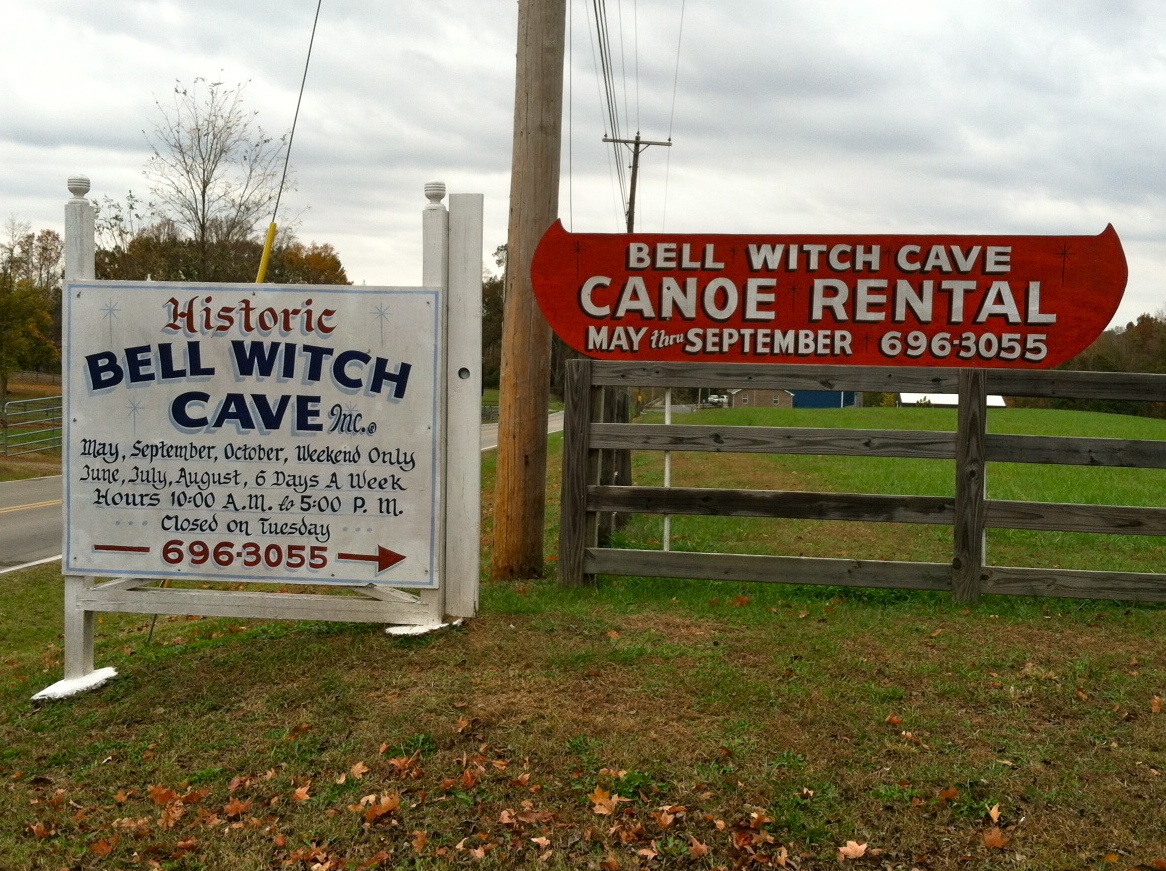
The Adams family reported attacks and voices at a farm in Robertson County from 1817 to 1821, a case later called the Bell Witch. Visitors said the spirit spoke, sang hymns, and slapped family members. Likely truth: frontier gossip, illness, and embellished diaries turned into a durable story. Skeptics note later editions altered details to sell books. A cave tour and markers remain near the site, but historians point out that court records from the period list debt suits, not witch trials.
5. Pope Lick Goatman – Kentucky
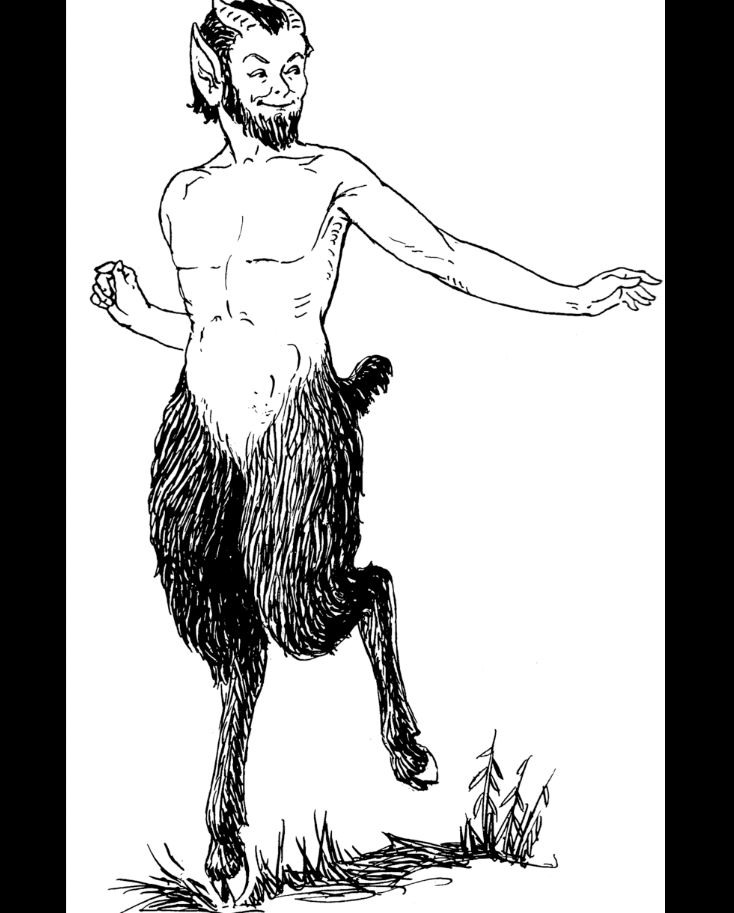
Louisville teens told of a horned creature under the Pope Lick trestle luring victims onto the high bridge. The scary part is real: the Norfolk Southern line is active and the span lacks safe walkways. Accidents and falls have killed trespassers over the decades. Likely truth: a mix of dare culture, echoing hooves from livestock, and urban myth. Local warnings focus on rail safety and fences. The legend persists because the bridge looks cinematic and the drop to the creek is long.
6. Cropsey – New York
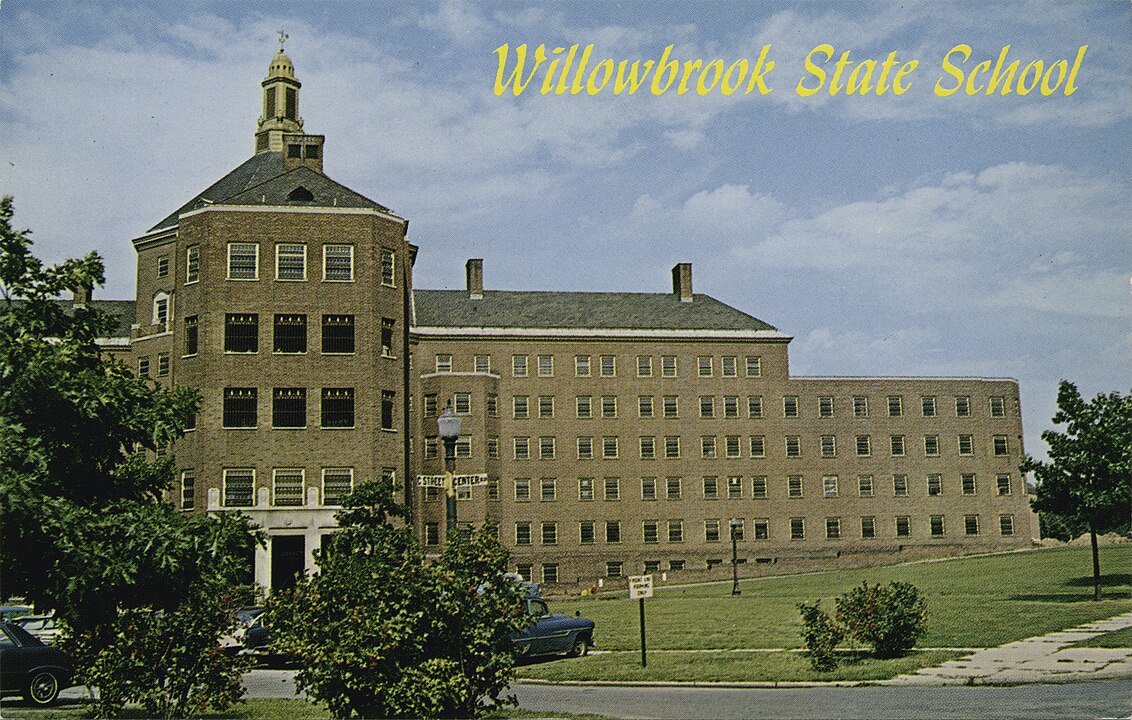
Staten Island kids traded stories of Cropsey, a kidnapper tied to the ruins of the Willowbrook State School. In the late 1970s and 1980s, real disappearances fueled fear. Andre Rand, a former employee, was convicted in 1988 and again in 2004 on kidnapping charges linked to missing children. Likely truth: a true-crime case fused with camp rumors. The legend stuck because abandoned buildings, tunnels, and nightly news blended into one menacing image long after the arrests and trials ended.
7. Green Man – Pennsylvania
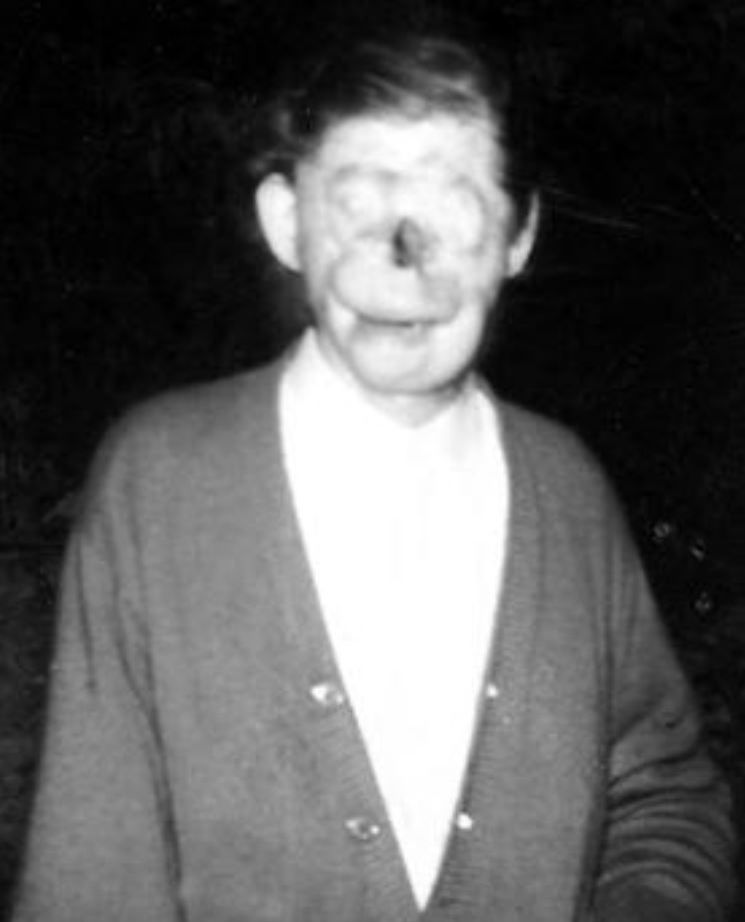
Western Pennsylvania told of a glowing figure on backroads. The truth was Raymond Robinson, badly injured by electrical lines as a child in 1919. He walked Route 351 at night for privacy, and drivers swapped sightings, adding eerie color. Teens left cigarettes and took quiet photos. Over time the story mutated into a radioactive monster. Local histories now name Robinson, who died in 1985, and remind visitors that a real man stood behind the legend, not a ghost on the highway.
8. Marfa Lights – Texas
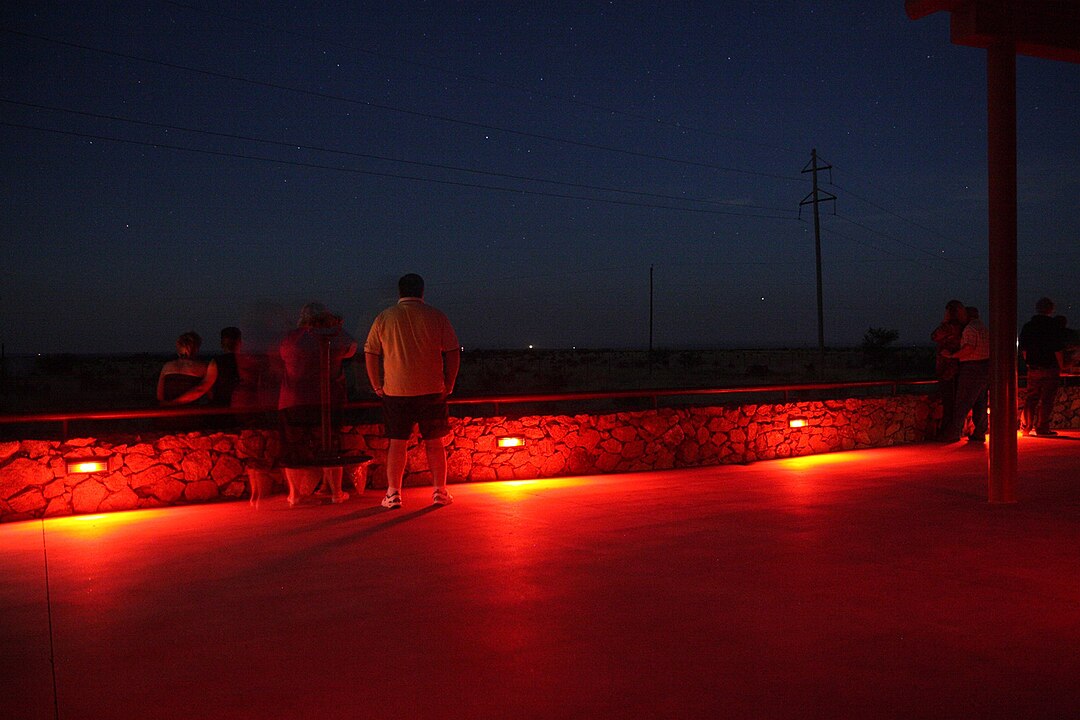
Since the late 19th century, lights have appeared on desert flats east of Marfa. Drivers now watch from a highway viewing area. Likely truth: distant car headlights on US 67, ranch lights, and temperature inversions that bend light along stable air layers. Controlled observations have matched many displays to traffic patterns. Earlier tales exist, but most modern sightings align with known sources. The mystery became a festival, proving that even solved puzzles can draw crowds when the night sky is clear and dry.
9. Resurrection Mary – Illinois
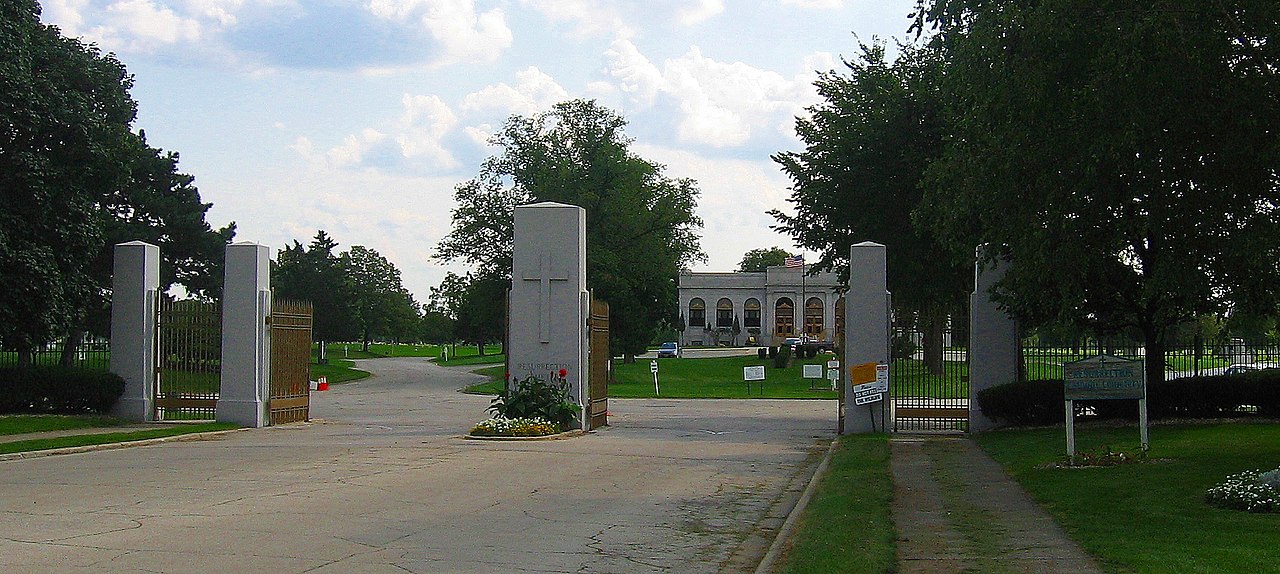
On Chicago’s Archer Avenue, drivers told of a blond hitchhiker from the 1930s who vanishes near Resurrection Cemetery. Dancers at the old ballroom said she wore white and liked waltzes. Likely truth: fatal auto accidents along the corridor, a cluster of similar names in records, and decades of retellings. Cemetery bars once showed heat-softened marks later called handprints, which likely came from restoration work. The road remains busy at night, so police stress sober driving more than chasing phantoms on the shoulder.
10. Slender Man – Wisconsin
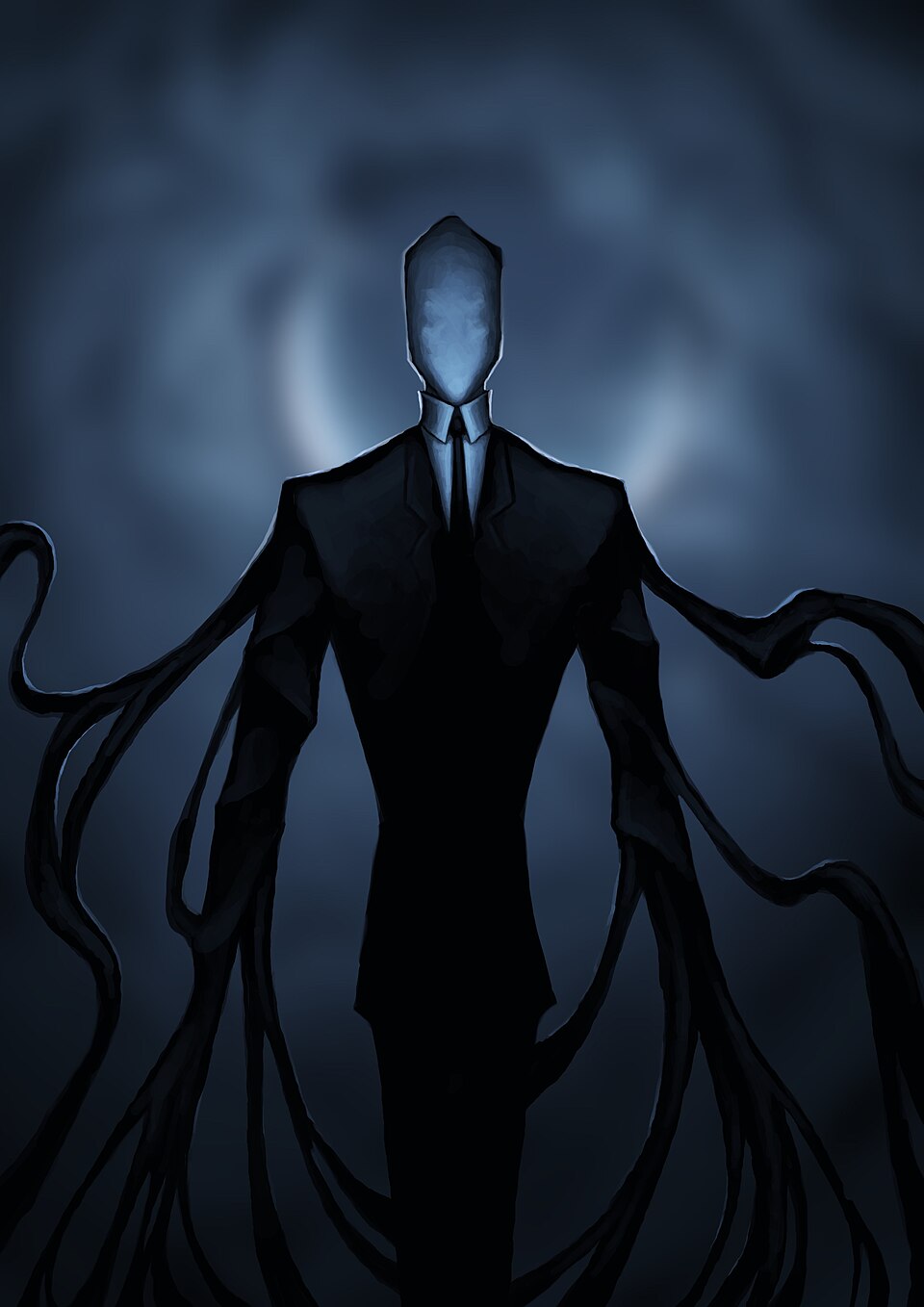
Born online in 2009 on a Photoshop forum, Slender Man appeared as a tall faceless figure added to fake class photos for a contest. The creator, using the handle Victor Surge, posted the first images with eerie captions and backdated notes. The meme spread to games and videos, then to a 2014 stabbing case that authorities traced to fiction taken as real. Likely truth: a modern cautionary tale about internet folklore, vulnerable readers, and the need for source checks taught in media literacy lessons.
11. Fresno Nightcrawlers – California

A 2007 backyard video in Fresno and a later Yosemite clip showed thin, walking shapes that looked like pants on stilts. The footage went viral. Likely truth: puppetry, strings, or edited tape. No clear tracks, matching sightings, or high-resolution frames followed despite thousands of cameras. Costume makers have recreated the look with simple rigs, and skeptics note the clips arrive without verifiable metadata. The figures moved from news oddity to parade inflatables without gaining strong field evidence.
12. Lake Lanier Hauntings – Georgia
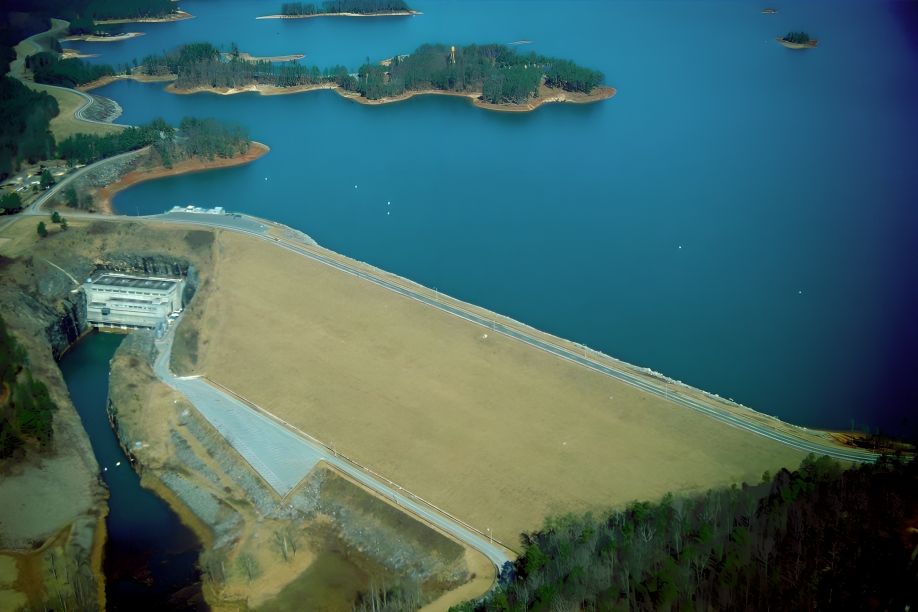
Since the 1950s Buford Dam created Lake Lanier by flooding towns and cemeteries, locals have traded ghost boat stories and eerie encounters. The lake also sees many drownings and boating crashes each year because of traffic, stump fields, and cold water. Likely truth: a dangerous reservoir with complex underwater hazards and a hard history of displacement. The haunting label stuck because grief and submerged ruins feel spooky, but safety groups emphasize life jackets, sober pilots, and daylight navigation.
13. Dover Demon – Massachusetts
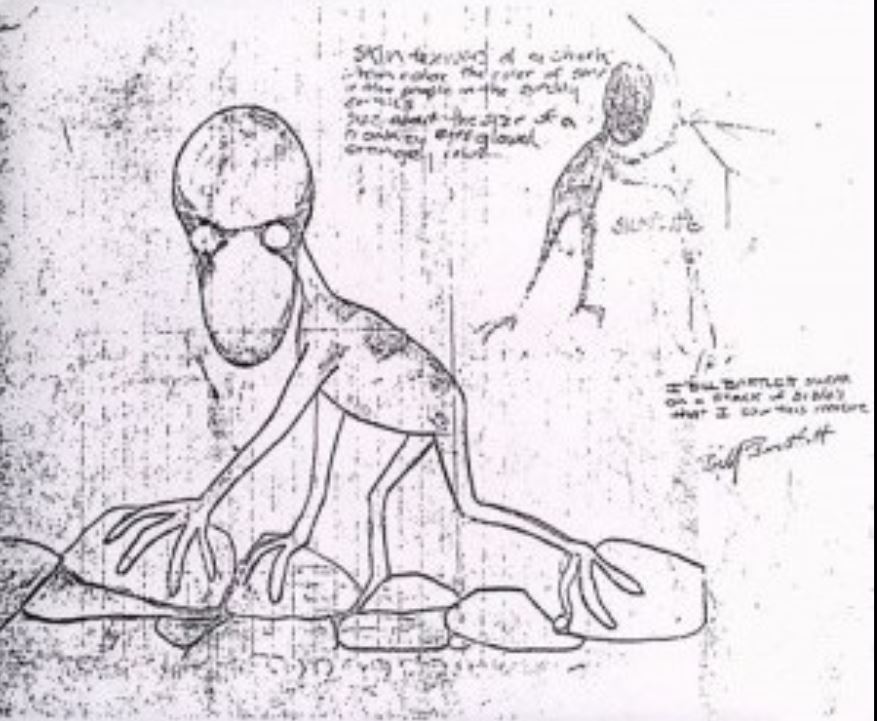
In April 1977, teens in Dover reported a pale, long-limbed creature with glowing eyes on country roads. Patrols searched, photos never surfaced. Likely truth: a young moose or a large owl seen head-on looks odd, and eyeshine in headlights is striking. The brief wave of calls ended within 48 hours. Sketches ran in magazines, but biologists pointed to normal wildlife plus surprise. Quiet suburbs and stone walls gave teens a perfect canvas for a late-night scare that stuck in local lore.
14. Hornet Spooklight – Missouri
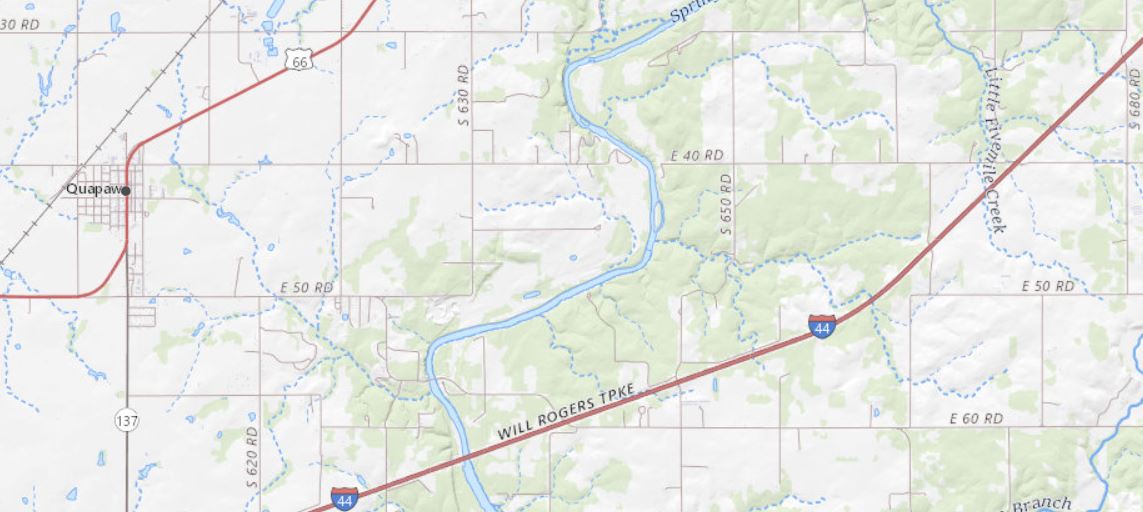
Near the MO and OK line, residents have watched a roaming light along a ridge since the early 1900s. Likely truth: a geometry trick with headlamps from routes to the west, temperature layers, and dust that scatter beams. Investigators have aligned peaks and road cuts with the viewpoint and reproduced the effect in controlled tests. Still, the light wanders enough to keep people guessing. Parking pull-offs and souvenir stands turned science into a roadside ritual best on dry nights when traffic flows.
15. Nain Rouge – Michigan
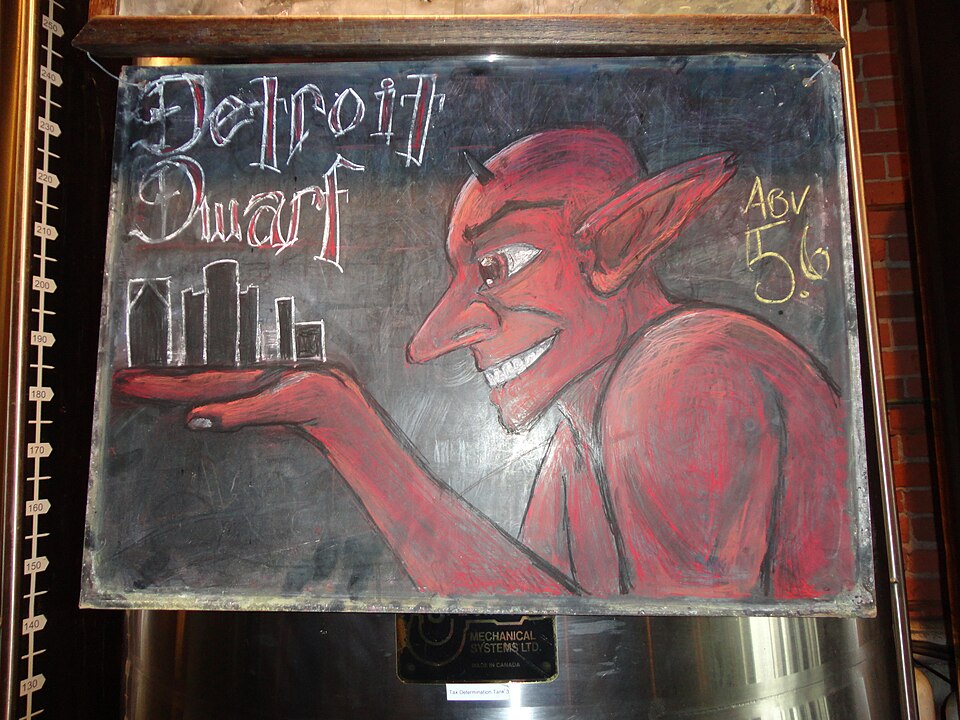
Detroit’s red dwarf legend dates to early French accounts that warned of a small, grim figure before hard years. Parades now mock-chase the Nain each spring. Likely truth: a civic mascot grown from folktales and fireside warnings, later used to unite neighborhoods. The city’s real history involves war, industry, and economic swings, not omens. Yet the Nain survives as costumed street theater with drums, masks, and a short route. The real magic is neighbors in daylight, not a curse prowling the streets at night.
